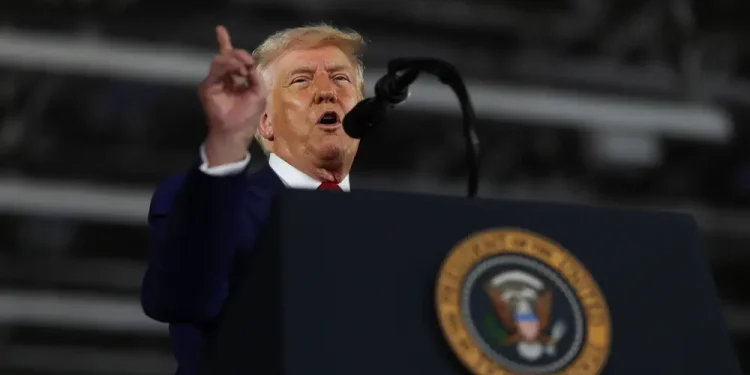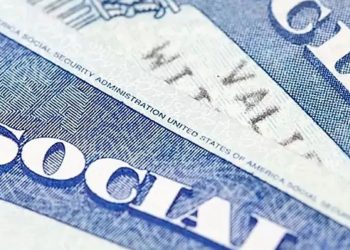After a five-year pause, President Donald Trump’s administration has officially resumed collections on defaulted student loan borrowers. The move affects around 5 million borrowers currently in default, with millions more expected to join them this summer. Those who don’t begin making payments may face wage garnishment and seizure of federal benefits.
This marks the end of a payment freeze that began under Trump in 2020 and continued through President Biden’s term. During that period, borrowers in default were protected from penalties and collections. But now, the Department of Education has confirmed the pause is over, and the consequences for nonpayment will return — including withheld Social Security checks, tax refunds, and damaged credit scores.
“Restarting collections is something that was going to have to happen eventually,” said Preston Cooper, a senior fellow at the American Enterprise Institute. “It was a matter of when, not a matter of if.”
Millions of borrowers at risk
With collections restarting, the Department of Education will begin emailing defaulted borrowers to notify them. While the impact won’t be immediate, affected borrowers should prepare for the return of wage garnishments and benefit seizures.
Education Secretary Linda McMahon emphasized the importance of reinstating the collections process after years of leniency.
“The Department of Education, alongside the Treasury, will manage the student loan program responsibly and lawfully — helping borrowers get back on track, both for their own financial stability and for the nation’s economy,” McMahon said.
What happens next for struggling borrowers
Two groups of borrowers are at risk under this restart: those in default (behind on payments for more than 270 days) and those delinquent (behind for fewer than 270 days).
Borrowers already in default are first in line for the Treasury Offset Program, which withholds federal benefits such as tax refunds or parts of Social Security checks. While the impact of a once-a-year tax refund might not be felt immediately, wage garnishment could cause more immediate financial stress.
Before any garnishment takes place, the Treasury must provide 60 days’ notice — which is why defaulted borrowers will begin receiving those notices later this summer.
Cooper noted that not all borrowers may experience the effects right away.
“They may not even be working. They might not have any income,” he explained. “Even though the collections system is restarting, the government first has to find them — and find something to garnish.”
To escape default, borrowers have two options:
-
Loan rehabilitation: Make nine consecutive payments set by the loan servicer.
-
Loan consolidation: Combine multiple loans into one new federal loan and enroll in an income-driven repayment plan.
Broader consequences of the restart
In addition to the 5 million borrowers already in default, another 4 million are in late-stage delinquency — behind on payments for 91 to 180 days — meaning that nearly 10 million borrowers may enter default by summer.
Sara Partridge, associate director of higher education at the Center for American Progress, said the abrupt notice of the collections restart will likely cause serious hardship.
“The consequences can include garnished wages, tax refunds, and Social Security benefits,” she said. “It can also hurt their credit, raising the cost of or blocking access to car or home loans.”
A major issue is that many delinquent borrowers may not even realize payments are due again. Cooper pointed out that during the Biden administration’s relief efforts and discussions of forgiveness, few borrowers received clear information about how or when to resume payments.
“There was no real concerted effort to raise awareness among borrowers,” Cooper said.
The restart is happening at a time of confusion for many borrowers. The Department of Education has paused processing income-driven repayment applications, and millions remain in forbearance as legal challenges to Biden’s SAVE plan continue.
Meanwhile, the Trump administration is pursuing efforts to dismantle the Department of Education altogether.
“Borrowers are facing serious and immediate challenges,” Partridge said. “Instead of creating more chaos by restarting collections, the Department should focus on preventing harm to those already struggling to navigate a broken system.”









